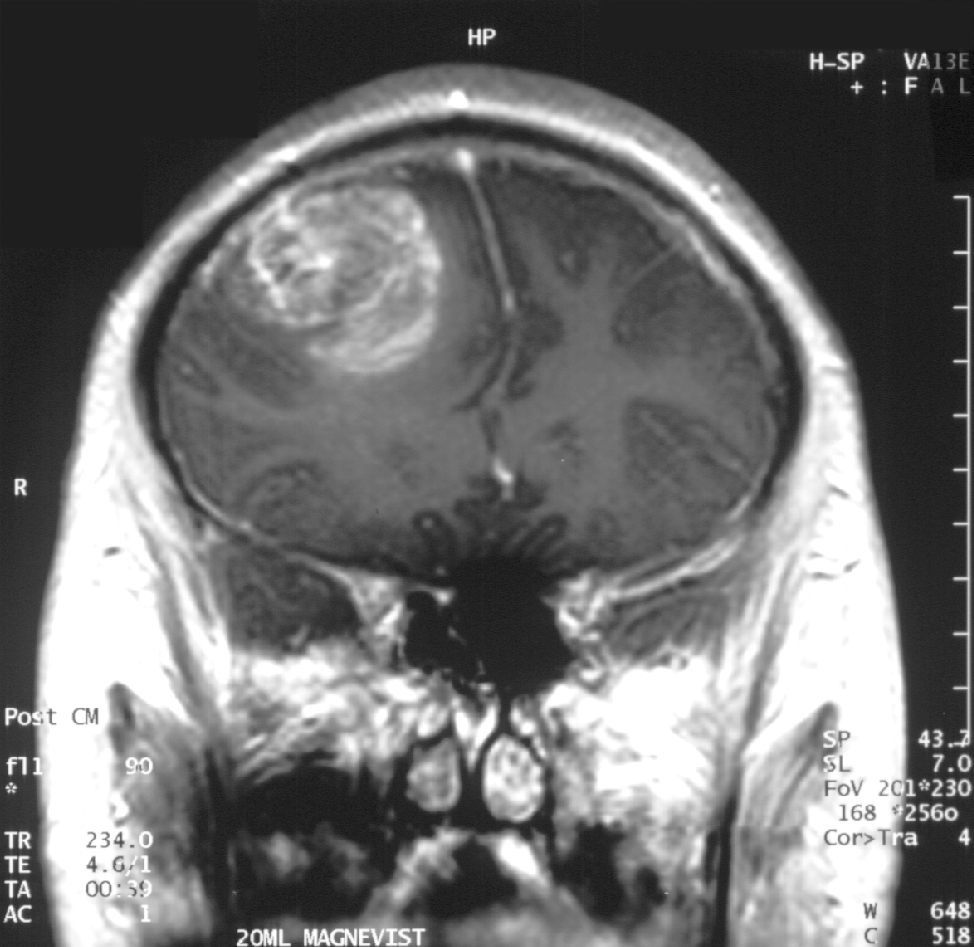What is GBM?
Glioblastoma multiforme (GBM), WHO classification name "glioblastoma", is the most common and most aggressive malignant primary brain tumor in humans, involving glial cells and accounting for 52% of all functional tissue brain tumor cases and 20% of all intracranial tumors.

GBM epigenome
Aberrant DNA hypomethylation may play an important role in the growth rate of glioblastoma (GBM), but the functional impact on transcription remains poorly understood. We assayed the GBM methylome with MeDIP-seq and MRE-seq, adjusting for copy number differences, in a small set of non-G-CIMP primary tumors. By applying M&M, a statistical analyzing method integrating MeDIP-seq data and MRE-seq data, thousansd of differentially methylated regions(DMRs) were identified in GBM. Taken together with corresponding histone H3K4me3 ChIP-seq data, our findings suggest that recurring gene body promoter hypomethylation events, along with histone H3K4 trimethylation, alter the transcriptional landscape of GBM through the activation of a limited number of normally silenced promoters within gene bodies, and lead to expression of oncogenic alternate protein.
Data description and accession
Currently, all GBM epigenetic data could be browsered at GBM in WashU EpiGenome Browser
DNA methylation
MeDIP-seq and MRE-seq were appled to detect complete DNA methylomes in 5 GBM patents samples. As control, 2 normal adult brains were also analyzed by MeDIP-seq and MRE-seq (Maunakea et al. 2010). DMRs were identified by methylMnM (Zhang et al. 2013)
Histone H3K4me3 ChIP-seq
Histone H3K4me3 ChIP-seq were performed in 3 of 5 GBM patents samples.Peak calling was performed using MACS.
Copy number segmentation
Array CGH was performed on the Agilent 244K platform for each GBM. We utilized the circular binary segmentation (CBS) method to estimate copy number.
Related reference
The Human Epigenome Browser at Washington University. Nat Methods 2011, 8(12):989-990